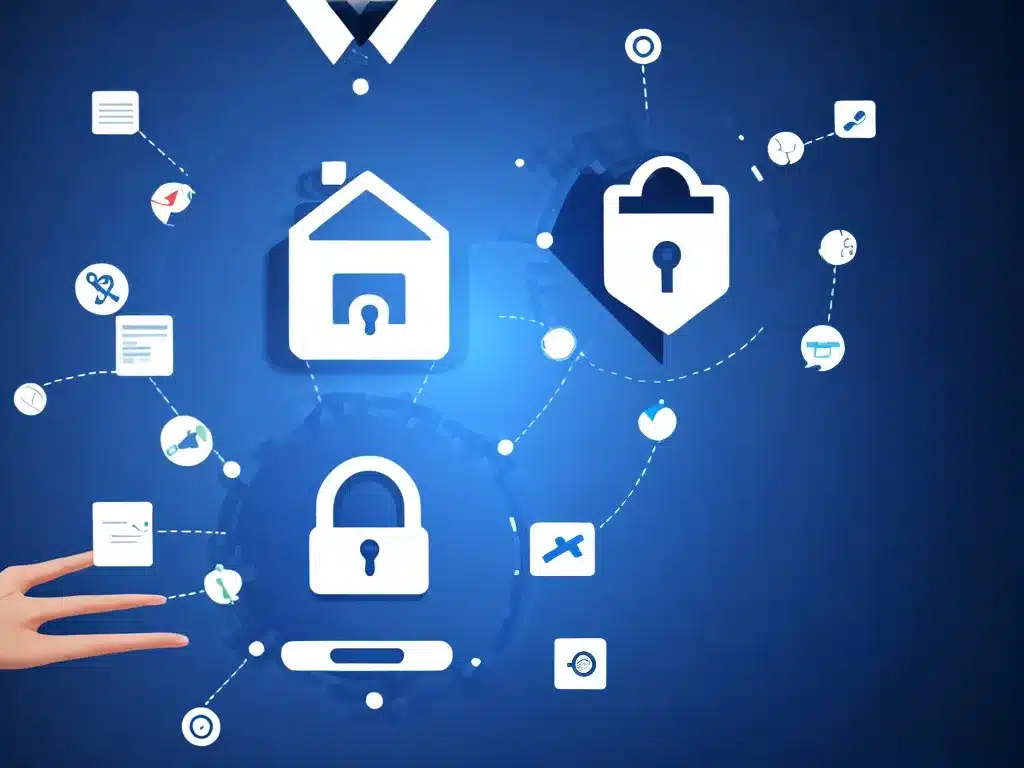How to Protect Customer PII This Year: Best Practices
Introduction
Protecting personally identifiable information (PII) should be a top priority for any business that collects customer data. With data breaches on the rise, companies must take proactive steps to safeguard sensitive information and comply with data privacy regulations.
In this article, I will provide best practices for protecting customer PII in 2023. As a business owner, following these guidelines will help me reduce risk, build trust, and avoid costly fines associated with data breaches.
Review Data Collection, Storage and Sharing Policies
The first step is to audit how my company collects, stores, and shares customer data. I need to identify any vulnerable practices that put PII at risk.
-
Take inventory of all PII collected. This includes information like names, addresses, Social Security numbers, driver’s license numbers, and financial account details. I should document what data I have and where it resides.
-
Evaluate my data storage system. Sensitive data should be encrypted at rest and in transit. I need to ensure proper access controls are in place. Using a zero-trust approach can limit data access.
-
Review third-party sharing. Do I share PII with service providers or partners? I need contractual assurances about their security controls. Limit sharing to only what is necessary.
-
Classify data based on sensitivity. Some PII is higher risk, like Social Security numbers. I should isolate and secure high-value data.
-
Follow data minimization principles. Only collect, store and share the minimum amount of PII needed for the specified business purpose. Dispose of nonessential data.
Strengthen Security Controls
With a clear understanding of my PII landscape, I can examine technical controls for reducing vulnerabilities.
-
Implement multi-factor authentication (MFA) for any system containing PII. MFA adds an extra layer of protection beyond passwords.
-
Install a web application firewall (WAF). A WAF monitors and filters incoming web traffic to block injections, cross-site scripting, and other attacks.
-
Use encryption wisely. proper key management is essential. I should encrypt PII at rest and in transit, using protocols like SSL/TLS.
-
Manage access strictly. Only personnel that absolutely need access to PII should have it. Follow least privilege and separation of duties principles.
-
Remove local PII storage. When possible, avoid end user machines containing customer data downloads. Use centralized storage.
-
Log extensively. Detailed activity logging enables monitoring for suspicious access attempts and faster incident response.
Comply with Data Protection Regulations
Keep abreast of evolving data privacy regulations in jurisdictions where my company operates. Non-compliance can lead to heavy fines.
-
Know requirements for breach notification. Most laws require prompt notification of impacted individuals and authorities post-breach. I need an incident response plan.
-
Review consent procedures. Customers should explicitly opt-in to data collection and understand what will be collected. Consent management is important.
-
Facilitate individual rights requests. I must be able to provide PII access, corrections, deletions and exports upon customer request.
-
Perform data protection assessments. Regular audits help ensure controls align with legal obligations for securing PII.
-
Document diligently. Maintain audit trails and evidence of my privacy program. Regulators often request documentation of security practices during assessments.
Prioritize Employee Training
Security awareness training is essential for ensuring personnel understand PII risks and handle data properly.
-
Educate on common attack vectors like phishing, business email compromise and spoofing. These result in stolen credentials used to access PII.
-
Share breach response procedures so employees know how to spot and contain a potential breach. Response speed is critical.
-
Provide Ongoing refreshers to maintain awareness. Update training on new regulations, policies, processes and threats.
-
Customize based on roles. Staff handling PII need more rigorous training than those without data access.
-
Track completion and require training upon onboarding. My goal is 100% participation to close knowledge gaps.
Final Thoughts
Safeguarding customer PII requires ongoing focus on people, processes and technology. By implementing data minimization, access controls, encryption and training, I can build a resilient privacy program. Staying current on legal obligations, conducting risk assessments and refining controls will help me provide better protection this year.












